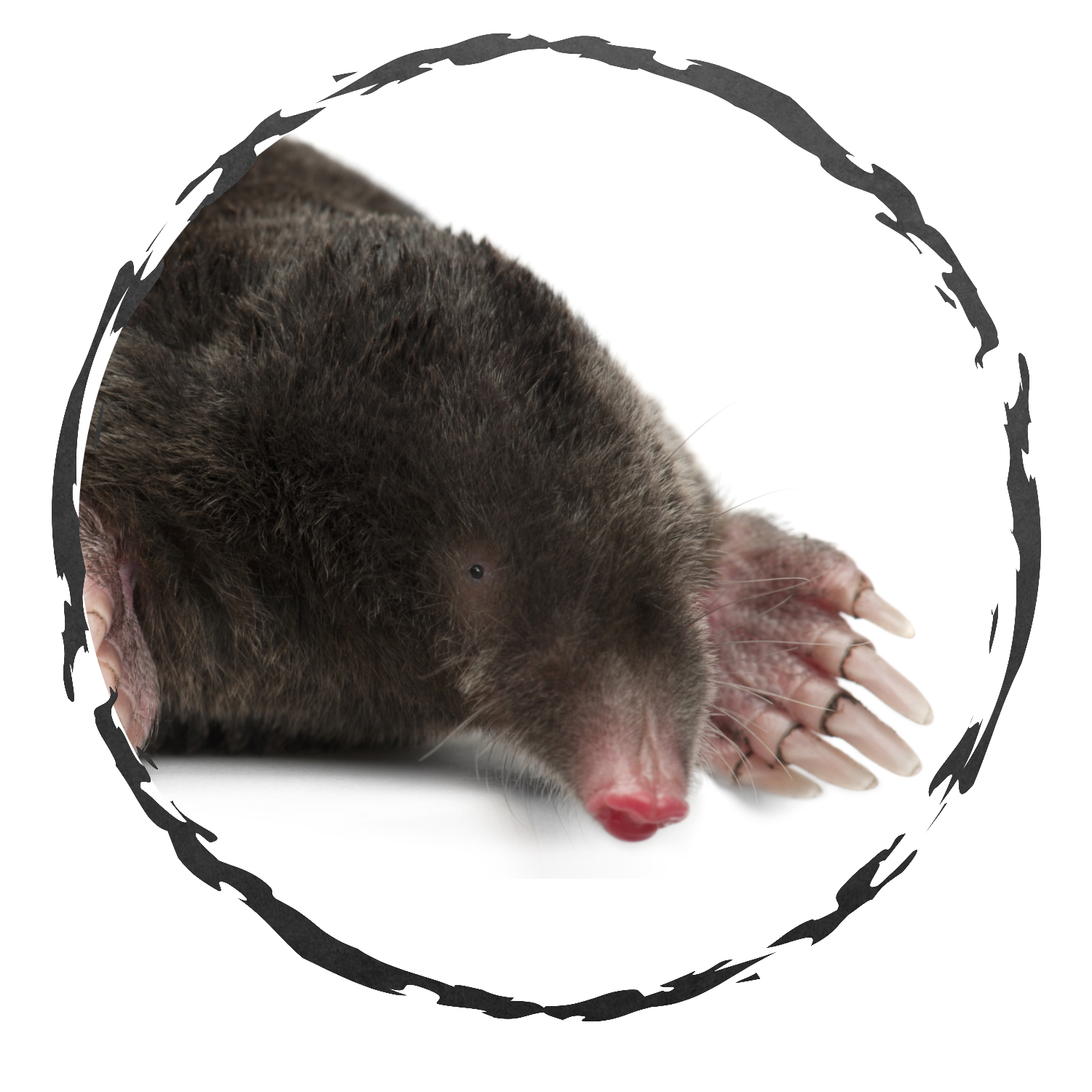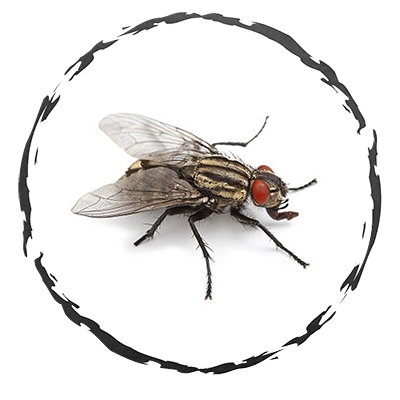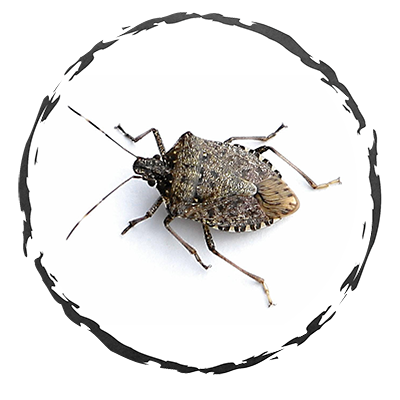Rodents
When winter closes in, rodents, like mice, rats, and chipmunks are looking for safe harbor against the cold. Are they targeting your home or business? Did you know that a mouse can squeeze through an opening a little larger than the size of a pencil? Even the newest, tightest structures are not safe from potential rodent entry. That’s pretty small, and most structures can settle over time allowing rodents the opportunity they are looking for.
So, if you have an existing rodent problem, or are looking to avoid one, we can help. Our experienced technicians can perform a comprehensive inspection to the exterior to ensure there are no openings for rodents to enter.
We look high and low for the smallest openings, the spots that rodents look for. If openings are found, we can provide professional exclusion options to keep them out, once and for all. We can also initiate a control program to eliminate active infestations. As part of our Integrated Pest Management approach, our corrective services will focus on preventing future infestations as well.
So contact us today for a detailed inspection to learn of the options available to protect your home and/or business and let small rodents stay where they belong ....outside!

Moles
Mole Biology: There are six species of moles in North America, and three of these may occur in your yard (Eastern Mole, Hairy-tailed Mole, and Star-nosed Mole). Of these, the Eastern Mole (Scalopus aquaticus) is most common in New York. Moles are about the size of chipmunks (6-8 inches in length) and can weigh three to six ounces.
Each year a mole can have one litter of two to six young, depending on the health of the female. Gestation lasts about five to six weeks, which means that you can expect litters anywhere from mid-April through May. Believe it or not, young moles have less than a 50% chance of surviving long enough to reproduce.
Moles are insectivores (they eat insects), and they may control some insect outbreaks. However, mole activity can also cause considerable damage to lawns. This damage is usually in the form of tunnels and/or mounds in lawn that can be unsightly, disturb root systems, and provide cover or travel lanes for other small mammals.
Meadow Voles
Vole Biology: Favored foods are fresh foliage and flowers in the warm months, seeds and grains in cold months, or even the bark of young plants and trees in the winter. Voles may be very destructive to grain and vegetable crops. Nesting is done is burrows in shallow soil or in thick grass and vegetation, and distinct runways are created above ground as the mice travel and forage. Breeding can be done year round, with the highest activity from March until November, and mating takes place immediately following the birth of a litter. There is an average of around 6 young per litter, and the potential exists for a breeding pair beginning in the spring to result in almost 3000 mice by the fall. There can be up to 10 litters per year, and population explosions result about every 4 years.
Identification: Color ranges from dark brown to dark reddish brown, with a lighter grayish belly. The tail is very slightly haired and is much shorter than the body length.
The ears are small and covered with hair, distinguishing them easily from the House Mouse. Adults can be up to 6 inches long and they are robust, densely haired animals.
Outdoor activity is identified by the distinct runways in grassy areas or turf, along with the damage to plantings in landscaped areas.
They are prone to invade lush landscape when their natural areas and grassy fields dry out in the summer.
 Treatment Options
Treatment Options
Services for each pest may include:
Mice and Rats – Use of repeating traps, snap traps, glue traps, locked bait stations inside property to quickly reduce population. Detailed inspection report will be provided outlining findings and recommendations concerning food sources, additional entry point issues (i.e. inadequate door sweeps), housekeeping recommendations, exterior modifications along with inventory of all materials used.
Technician will determine and provide frequency of included follow up services. We will repair small entry points from outside the property for holes no larger than 1” diameter, not to exceed 12” total space combined (for larger and or excessive openings, an additional exclusion charge may apply). Services guaranteed, in writing, as detailed on your provided service agreement.
Moles – Use of mechanical scissor, guillotine and or snap style traps. Moles prefer worms, grubs and other larvae as a primary food source, so traditional rodent baits are not effective. In some cases we will supplement the trapping procedure with Talpirid mole baits. Services will include trapping baiting methods with follow up services and guarantee to be determined by technician and will be outlined in your service agreement.
Voles – Often confused as moles, voles are more prone to prefer vegetation as their primary food source so rodenticide baits can be utilized in our control programs. However, we may often utilize trap stations for the first several weeks of the program to quickly reduce population, and then switch over to bait for long term control. The exact service process and guarantee period will be outlined in your service agreement.

.png)






.png)
.png)











